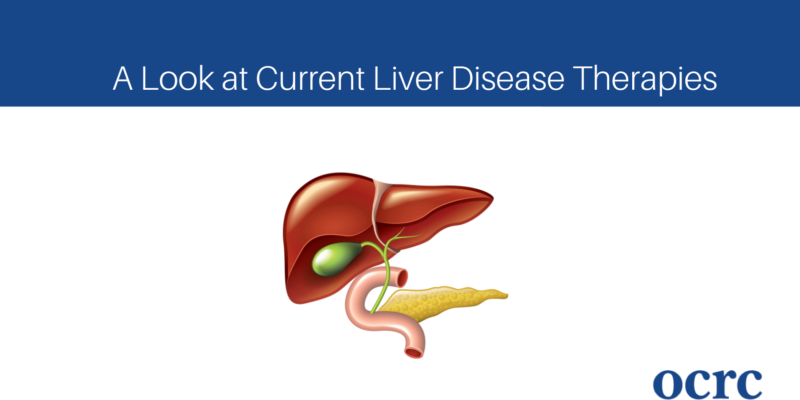
Over 100 million Americans have liver disease according to the American Liver Foundation. Unfortunately, most of those patients don’t know they have the condition.
The good news is that when doctors catch liver disease early, the liver can repair and regenerate. Some liver diseases are also highly treatable, even with a later diagnosis.
Understanding the Role of the Liver
The liver serves over 500 critical functions in the body, including:
Since the liver performs many bodily functions, its health is essential to overall health. When liver disease goes untreated, it can lead to liver failure or cancer. To mitigate these serious consequences, it’s imperative to diagnose and treat liver disease is vital to allow the liver and the body to effectively work together.
When patients develop late-stage liver disease, or cirrhosis, their healthy liver tissue becomes replaced with scar tissue, permanently damaging the liver. Causes of liver cirrhosis include:
Choosing the correct therapy for the condition depends on the type of liver disease and the cause. For example, liver disease caused by chronic alcoholism must first begin with quitting drinking alcohol.
Many conditions fall under the label of liver disease. While everyone can benefit from a healthy diet and regular exercise, it’s essential for those with chronic liver disease.
All treatments for liver disease begin with ceasing drugs and alcohol that put undue stress on the liver and eating a healthy, well-balanced, low-fat diet. Next, a physician will treat any chronic conditions causing the disease.
Depending on the cause of liver disease and the level of damage the liver sustained, medications can help the liver to heal and regenerate itself.
Patients with hepatitis can use a form of medication called direct-acting antiviral therapy (DAAT) as a medication treatment, which the FDA approved in 2011.
DAAT cures 95% of people with hepatitis C and can improve liver function even in patients whose livers experienced damage from the disease.
Patients with liver diseases based on autoimmune disorders, such as primary biliary cholangitis or primary sclerosing cholangitis, receive an initial treatment of IV fluids and antibiotics.
Patients with severe liver disease may develop serious side effects, such as portal hypertension and ascites, which can lead to requiring a procedure such as a transjugular intrahepatic portosystemic shunt (TIPS) to assist their liver function.
Endoscopic retrograde cholangiopancreatography (ERCP) is used to diagnose conditions of the pancreas or bile ducts and treat narrow or blocked bile ducts by using a stent to open them.
Those with autoimmune liver conditions, such as primary sclerosing cholangitis (PSC), can require an ERCP to maintain bile flow through the ducts.
One of the main complications of liver cirrhosis is portal hypertension, or elevated blood pressure in the portal vein, which is the central vein leading to the liver.
Blood from the stomach, intestines, and esophagus normally flows through the liver. However, when the liver is damaged and experiences blockages, the pressure in the portal vein increases. As a result, the vein can rupture, causing severe bleeding.
A TIPS connects the portal vein to the hepatic vein, draining blood from the liver to the vena cava and heart. In addition, the TIPS manages fluid accumulation in the abdomen, called ascites, as well as bleeding from the vertices or swollen veins in the esophagus.
TIPS is a treatment to manage symptoms of severe liver disease, but it does not treat the condition itself. Once the liver experiences cirrhosis, the only treatment is a transplant.
A liver transplant removes a diseased or damaged liver and replaces it with a whole or portion of a healthy, donated liver. Traditional liver transplants come from registered organ donors who passed away with a healthy liver.
However, the liver is unique, as it’s the only organ in the body capable of regenerating, so a living organ donor can donate a portion of their liver to someone in need. Both livers will grow to normal size within a few months.
It’s important to note that only a physician knowledgeable about the patient’s condition can determine the proper treatment for liver disease.
However, anyone can support continuing research seeking to identify new treatments and procedures for managing liver disease. Learn how you can volunteer to help improve medical therapies for liver disease through some of our current studies supporting liver health today.
